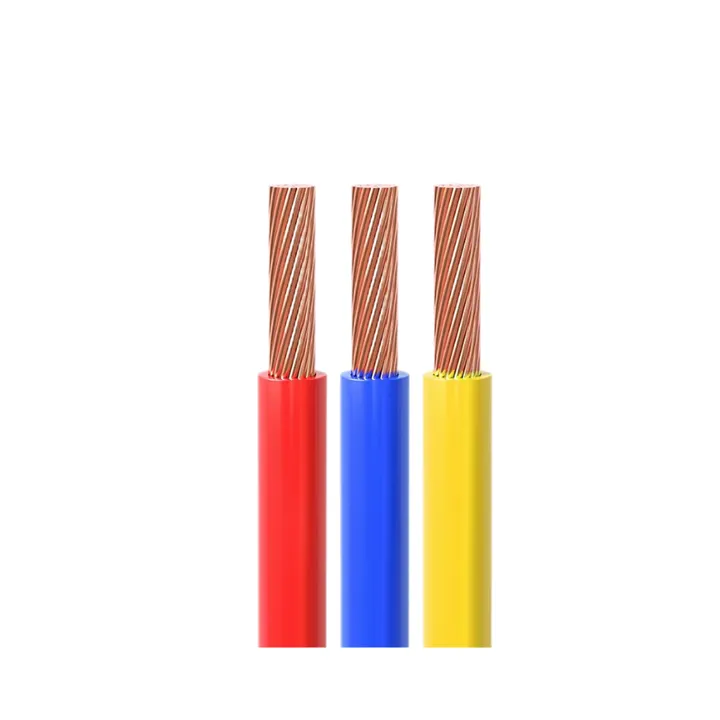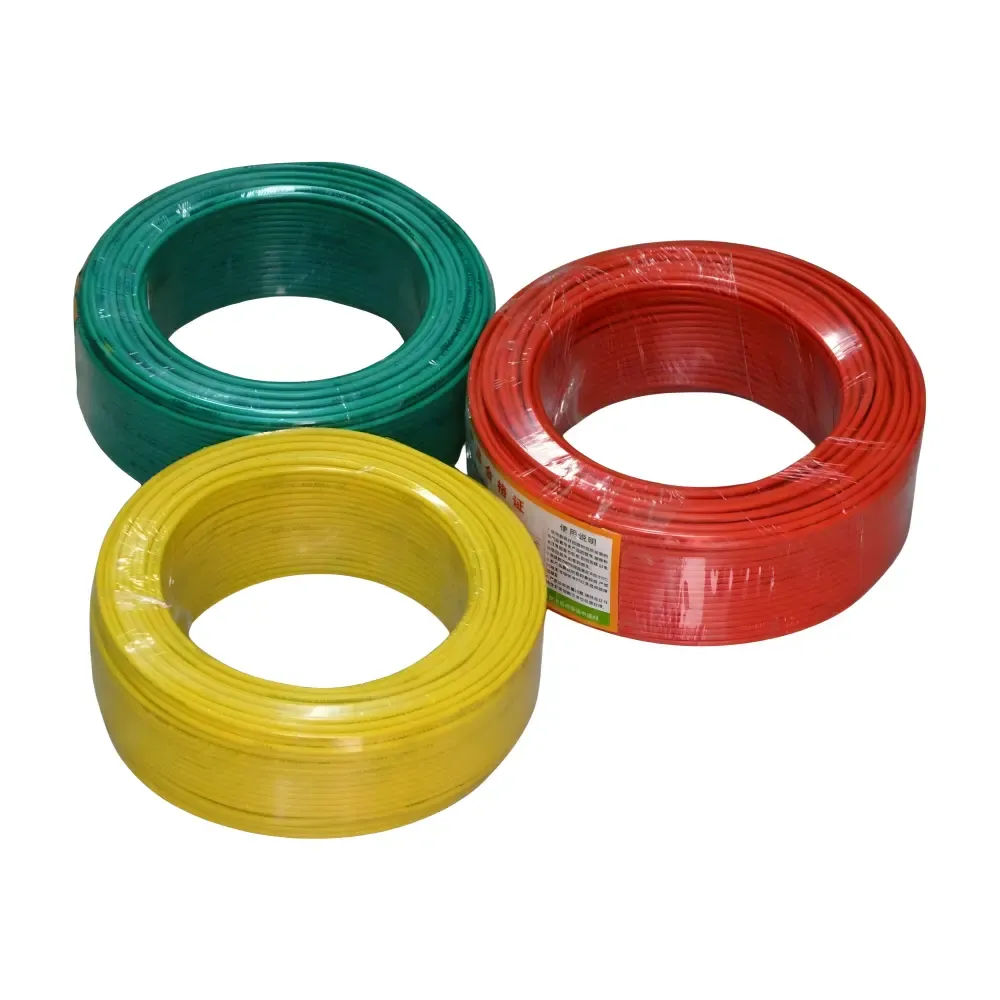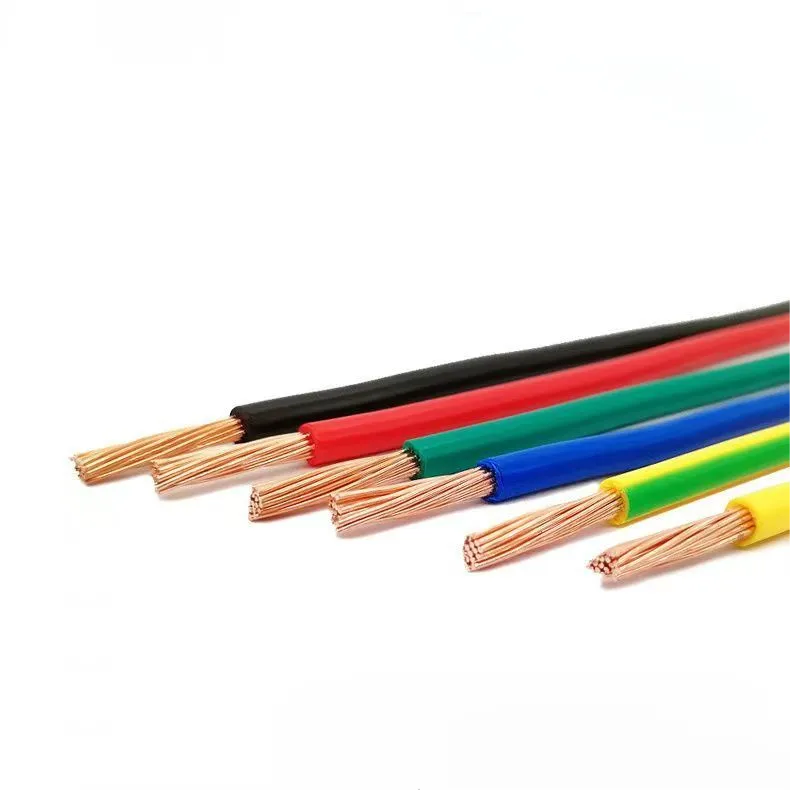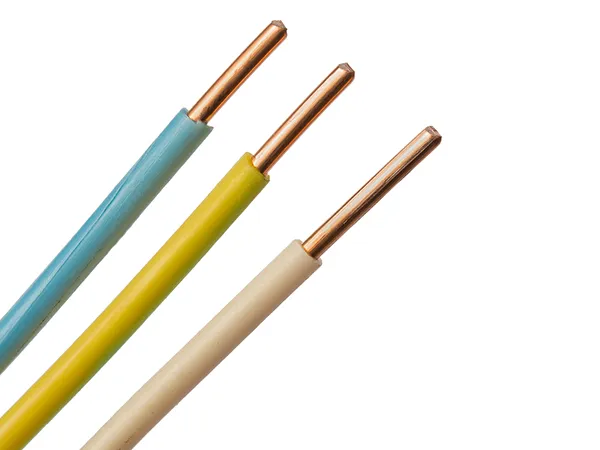OEM/ODM Custom Cable Manufacturing: A Step-by-Step Guide
Time: 2025-08-05 16:30:28
Source: Henan Province Jianyun Cable Co., Ltd.
Original Equipment Manufacturer (OEM) and Original Design Manufacturer (ODM) services allow businesses to create custom electrical cables tailored to specific applications, such as power distribution, telecommunications, or industrial automation. OEM services involve manufacturing cables to a client’s specifications, while ODM services include designing and manufacturing cables based on the client’s requirements or market needs. This guide provides a comprehensive, step-by-step approach to navigating the OEM/ODM custom cable manufacturing process, ensuring quality, compliance, and efficiency, presented in a formal and structured manner.

Table of Contents
1. Understanding OEM and ODM Cable Manufacturing
OEM and ODM services cater to businesses needing specialized cables for unique applications. Key distinctions include:
-
OEM (Original Equipment Manufacturer): The manufacturer produces cables based on the client’s provided specifications, designs, or blueprints. The client retains control over branding and intellectual property.
-
ODM (Original Design Manufacturer): The manufacturer designs and produces cables based on the client’s requirements or market trends, often retaining some design ownership. Suitable for clients lacking in-house design capabilities.
Custom cables may include power cables (e.g., 0.6/1 kV to 26/45 kV), control cables, solar cables, or communication cables, with tailored features like conductor size, insulation type (e.g., PVC, XLPE, PE), armoring, or flame-retardant properties.
|
Service Type
|
Description
|
Client Role
|
|
OEM
|
Manufactures to client’s specs
|
Provides design, retains branding
|
|
ODM
|
Designs and manufactures
|
Provides requirements, less design input
|
2. Step-by-Step Guide to OEM/ODM Process
The OEM/ODM custom cable manufacturing process involves several stages to ensure the final product meets client needs:
-
Define Requirements:
-
Specify cable type (e.g., power, control, solar), voltage rating (e.g., 0.6/1 kV, 450/750 V), conductor material (copper or aluminum), and size (e.g., 2.5 mm², 4 mm²).
-
Detail environmental conditions (e.g., indoor, outdoor, UV exposure), insulation type (PVC, XLPE, PE), and additional features (e.g., armoring, flame-retardant).
-
Define order volume, delivery timeline, and budget constraints.
-
Select a Manufacturer:
-
Choose a reputable manufacturer with OEM/ODM expertise, advanced production facilities, and certifications (e.g., ISO 9001, IEC 60502, CCC).
-
Evaluate their experience with similar cables and ability to meet customization needs.
-
Collaborate on Design (ODM) or Submit Specifications (OEM):
-
For ODM: Work with the manufacturer’s design team to develop a cable prototype based on application requirements.
-
For OEM: Provide detailed technical drawings, material specifications, and performance criteria (e.g., insulation resistance >1000 MΩ/km for XLPE).
-
Prototype Development and Testing:
-
Manufacturer produces a prototype or sample batch for testing.
-
Test for electrical performance (e.g., voltage withstand, 3.5 kV AC for 0.6/1 kV cables), mechanical strength (e.g., bending radius), and environmental resistance (e.g., IEC 60332-1 for flame retardancy).
-
Review and Approve Prototype:
-
Evaluate prototype performance against specifications. Request modifications if needed (e.g., adjust insulation thickness, add shielding).
-
Approve final design for mass production.
-
Production and Quality Control:
-
Manufacturer produces cables using automated processes (e.g., conductor stranding, insulation extrusion, armoring).
-
Implement quality checks, including routine tests (e.g., conductor resistance, insulation integrity) and type tests (e.g., thermal aging).
-
Packaging and Shipping:
-
Wind cables on ISPM 15-compliant wooden or steel drums, with protective wrapping to prevent moisture or abrasion damage.
-
Arrange shipping (e.g., sea freight for bulk orders, 20-ft container for ~15 tons) with proper documentation (e.g., invoice, packing list, certifications).
-
Inspection Upon Receipt:
-
Inspect cables for compliance with specifications, checking conductor size, insulation integrity, and certifications.
-
Conduct field tests (e.g., insulation resistance, continuity) to verify performance.
|
Step
|
Action
|
|
Define Requirements
|
Specify type, voltage, insulation, volume
|
|
Select Manufacturer
|
Choose based on expertise, certifications
|
|
Design/Specifications
|
Collaborate (ODM) or submit specs (OEM)
|
|
Prototype Testing
|
Test electrical, mechanical properties
|
|
Production
|
Automated manufacturing, quality checks
|
|
Packaging/Shipping
|
ISPM 15 drums, sea freight, documentation
|
|
Inspection
|
Verify specs, conduct field tests
|
3. Key Considerations for Customization
Customizing cables requires careful consideration to meet application needs and standards:
-
Application Requirements:
-
Match cable specifications to the application (e.g., XLPE for high-temperature environments, PVC for cost-effective indoor wiring).
-
Consider voltage drop for long runs (e.g., VD = (2 × I × L × R) / V × 100; use 4 mm² for >20 A over 20 m).
-
Material Selection:
-
Choose conductors (copper for high conductivity, aluminum for cost savings) and insulation (PVC for flame retardancy, PE for UV resistance).
-
Add armoring (e.g., steel wire) for underground or mechanical protection.
-
Certifications and Standards:
-
Ensure compliance with international standards (e.g., IEC 60502 for power cables, IEC 60227 for PVC cables) and regional certifications (e.g., CCC for China, CE for Europe).
-
Production Capacity:
-
Confirm manufacturer’s capacity for bulk orders (e.g., MOQ of 100–1000 m) and lead times (typically 2–4 weeks).
-
Cost Optimization:
-
Balance customization (e.g., specialized insulation) with cost-effective materials (e.g., PVC over XLPE where suitable).
-
Negotiate bulk discounts and favorable shipping terms (e.g., FOB, CIF).
|
Consideration
|
Details
|
|
Application
|
Match specs to use case, calculate voltage drop
|
|
Materials
|
Copper/aluminum, PVC/XLPE/PE, armoring
|
|
Certifications
|
IEC 60502, IEC 60227, CCC, CE
|
|
Capacity
|
Confirm MOQ, lead times
|
|
Cost
|
Balance customization, negotiate terms
|
4. Quality Assurance and Standards Compliance
Ensuring high-quality custom cables requires rigorous quality control and adherence to standards:
-
Quality Control:
-
Implement in-process inspections during conductor stranding, insulation extrusion, and sheathing.
-
Conduct routine tests (e.g., insulation resistance >10 MΩ/km for PVC, >1000 MΩ/km for XLPE; voltage withstand, 3.5 kV AC for 0.6/1 kV).
-
Standards Compliance:
-
Comply with IEC 60502 for power cables (0.6/1 kV to 26/45 kV) or IEC 60227 for low-voltage PVC cables (300/500 V, 450/750 V).
-
Ensure regional certifications (e.g., CCC for China, RoHS for environmental compliance).
-
Testing:
-
Perform type tests (e.g., thermal aging, flame propagation per IEC 60332-1) and sample tests to verify performance.
-
Provide test reports to clients for transparency.
-
Traceability:
-
Mark cables with type, size, voltage, and manufacturer details for identification and compliance verification.
|
Quality Aspect
|
Details
|
|
Quality Control
|
In-process inspections, routine tests
|
|
Standards
|
IEC 60502, IEC 60227, CCC, RoHS
|
|
Testing
|
Type tests, sample tests, test reports
|
|
Traceability
|
Markings for type, size, voltage
|
5. Applications of Custom Cables
Custom OEM/ODM cables are tailored for specific applications, including:
-
Power Distribution: Low-voltage (0.6/1 kV) cables for residential or commercial buildings, with XLPE insulation for high temperatures.
-
Industrial Automation: Control cables with multiple cores and shielding for signal integrity in machinery.
-
Renewable Energy: Solar cables (2.5–6 mm², UV-resistant) for photovoltaic systems.
-
Telecommunications: High-frequency cables with PE insulation for low dielectric loss.
-
Specialized Environments: Armoured cables for underground or harsh environments, flame-retardant cables for fire-sensitive areas.
|
Application
|
Cable Features
|
|
Power Distribution
|
0.6/1 kV, XLPE insulation
|
|
Industrial Automation
|
Multi-core, shielded control cables
|
|
Renewable Energy
|
UV-resistant solar cables
|
|
Telecommunications
|
PE-insulated, low dielectric loss
|
6. Challenges and Solutions
|
Challenge
|
Solution
|
|
Specification Errors
|
Provide detailed specs, collaborate closely during design
|
|
Quality Issues
|
Implement rigorous testing, request certifications
|
|
High Costs
|
Optimize material choices, negotiate bulk discounts
|
|
Delivery Delays
|
Align schedules, use reliable freight forwarders
|
7. Conclusion
OEM/ODM custom cable manufacturing enables businesses to create tailored solutions for diverse applications, from power distribution to telecommunications. By following a structured process—defining requirements, selecting a manufacturer, designing and testing prototypes, and ensuring quality control—clients can achieve high-performance cables that meet international standards like IEC 60502 and regional certifications like CCC. Addressing challenges through clear communication, rigorous testing, and cost optimization ensures efficient production and delivery, supporting reliable electrical systems with a lifespan of 25–30 years.




